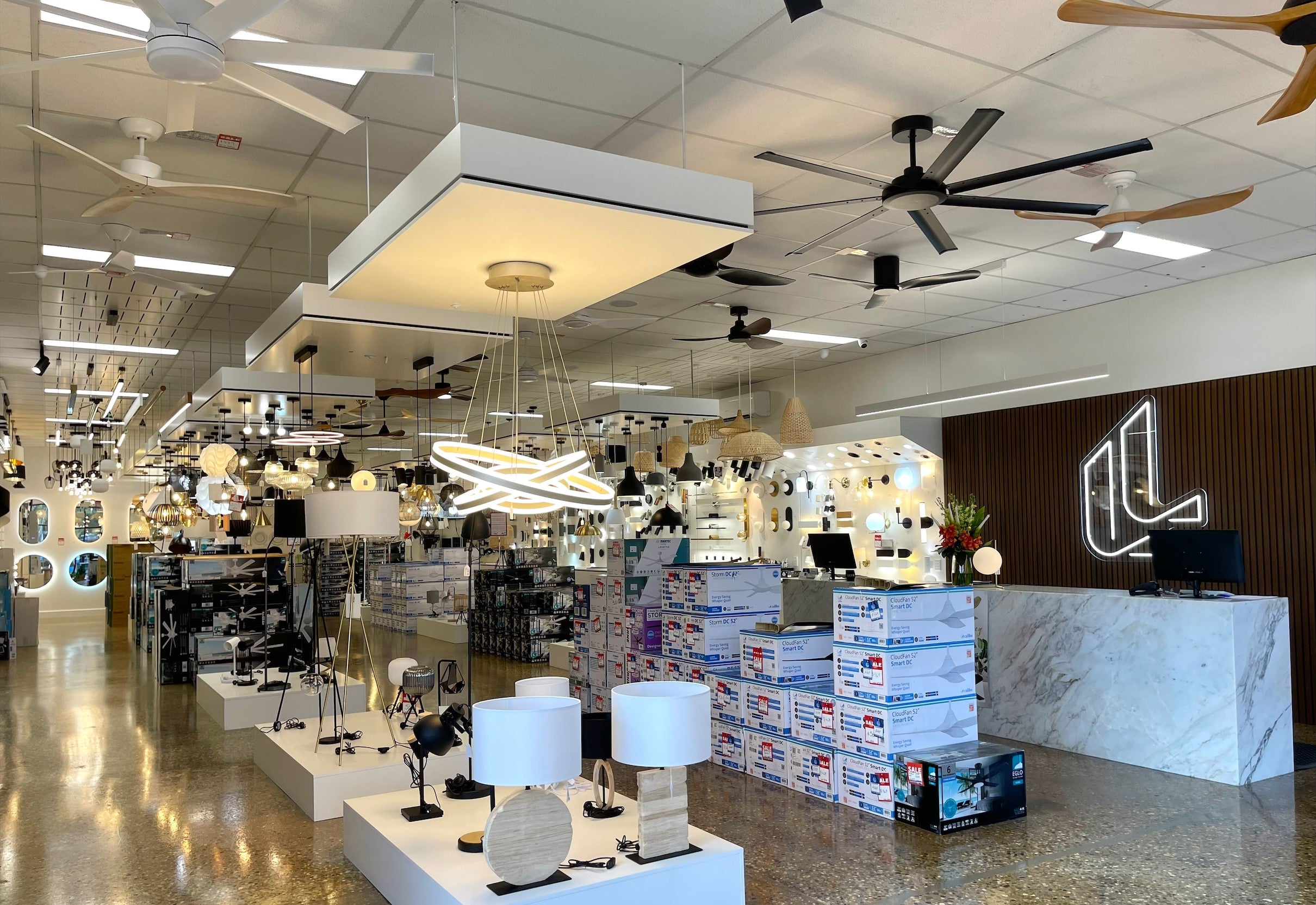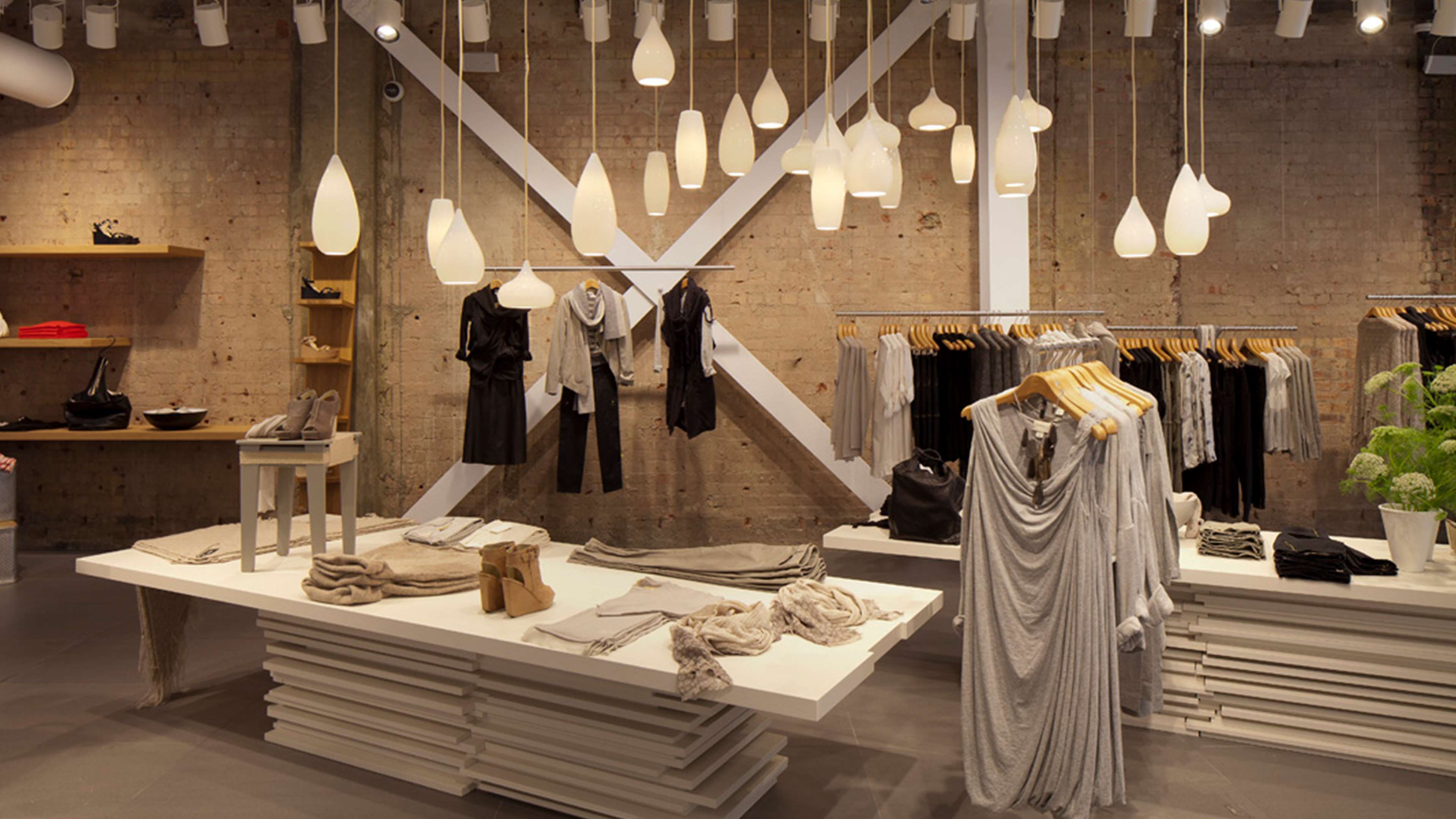The Ultimate Overview to Choosing Energy-Efficient Lighting Options

Comprehending Energy-Efficient Lighting Technologies
When taking into consideration energy-efficient lights options, it is necessary to understand the different innovations readily available in the marketplace today. LED (Light Releasing Diode) lights stands apart as a prominent option because of its high energy effectiveness and long life expectancy compared to standard incandescent or fluorescent bulbs. LEDs eat significantly less energy, release less warmth, and have an extra extensive functional life, making them a ecologically friendly and cost-effective alternative. An additional technology to think about is CFL (Compact Fluorescent Lamp) lights, which is extra energy-efficient than incandescent light bulbs but much less so than LEDs. CFLs are understood for their bright light output and reasonably long life-span. In addition, halogen incandescent bulbs offer boosted power efficiency and life expectancy compared to typical incandescent light bulbs. Comprehending the distinctions in these lights innovations can help customers make informed decisions based upon their certain needs, spending plan, and environmental considerations. It is essential to consider aspects such as energy effectiveness, life expectancy, light quality, and first expense when picking the most suitable energy-efficient lights innovation for a certain application.
Calculating Power Savings Potential
To examine the possible power financial savings achievable with the fostering of energy-efficient lights innovations, it is vital to perform thorough calculations based on variables such as energy consumption, operational hours, and the particular attributes of the lights choices being taken into consideration. lighting store melbourne. Calculating energy financial savings potential includes figuring out the present power usage of existing lighting systems and comparing it to the projected energy consumption of the energy-efficient alternatives present. This comparison enables for a clear estimation of the potential energy financial savings that can be understood
Functional hours play a critical duty in these computations, as lighting systems that are used for extensive durations will certainly benefit extra from energy-efficient choices. Furthermore, considering the specific features of different illumination technologies, such as lumens per watt and lifespan, is crucial for properly anticipating energy savings.
## Factors to Take Into Consideration When Choosing Lights
Think about these essential variables when picking illumination alternatives for ideal energy effectiveness and performance. First of all, evaluate the lights requirements of the room. Various areas call for varying levels of lighting intensity, shade temperature, and circulation. Comprehending the purpose of the lights will certainly help figure out one of the most suitable fixtures and bulbs for the location.
Second of all, take into consideration the energy efficiency of the illumination options. Try to find components and light bulbs with high lumens per watt (lm/W) ratings to guarantee maximum light result with minimal energy usage. LED illumination, as an example, is understood for its power performance and lengthy life-span contrasted to conventional incandescent or fluorescent alternatives.
In addition, evaluate the maintenance requirements of the illumination components. Select components that are very easy to tidy and maintain to make sure constant performance gradually. Selecting long lasting fixtures that call for marginal maintenance can aid lower long-lasting upkeep prices and ensure the lighting system runs efficiently.
Last but not least, take into consideration the ecological impact of the lights alternatives. Select components and bulbs that are energy-efficient and eco-friendly, such as those with recyclable parts or decreased carbon emissions. By focusing straight from the source on sustainability in your illumination selections, you can add to a greener future while delighting in the benefits of energy-efficient illumination services.

Contrast of Different Illumination Options
In assessing the elements influencing lighting option for energy effectiveness and efficiency, it comes to be imperative to contrast the various illumination choices available out there. LED lights stands apart as one of one of the most energy-efficient selections as a result of its long life-span and reduced energy usage. LEDs are flexible, providing an array of color temperatures and dimming capacities, making them ideal for various setups. In addition, portable fluorescent lamps (CFLs) offer a more energy-efficient choice to traditional incandescent bulbs, although they consist of percentages of mercury. Halogen incandescent light bulbs supply improved energy efficiency compared to conventional incandescent light bulbs, but they are less efficient than LEDs and CFLs. One more choice to consider is fluorescent tubes, frequently utilized in industrial and commercial setups due to their high efficiency and longevity. When comparing lights alternatives, elements such as power efficiency, lifespan, shade temperature level, and ecological influence needs to be carefully thought about to make an educated choice based on particular illumination demands and top here priorities.
Tips for Carrying Out Energy-Efficient Lighting
When aiming to improve power performance with lights options, implementing calculated lighting controls can significantly reduce energy Related Site intake. One efficient pointer for executing energy-efficient lighting is to make use of occupancy sensors. These sensors detect motion within an area and instantly turn lights on or off, making certain that lights are only in use when required. Furthermore, daylight sensors can be integrated to readjust lighting levels based upon natural light schedule, more optimizing energy use.
One more pointer is to think about using dimmer buttons. Lowering lights not just produces atmosphere and flexibility in lighting levels but likewise assists in saving power by lowering the quantity of electricity consumed. Selecting energy-efficient light bulbs such as CFLs or leds can make a substantial difference in energy savings. LEDs, in particular, are understood for their durability and low energy consumption contrasted to standard incandescent light bulbs.
Final Thought
In conclusion, choosing energy-efficient lights alternatives is important for lowering energy usage and prices. Implementing energy-efficient illumination not just benefits the atmosphere however additionally leads to long-term expense financial savings and improved illumination high quality.
To analyze the potential power cost savings possible via the fostering of energy-efficient lighting technologies, it is necessary to carry out thorough calculations based on elements such as energy usage, operational hours, and the specific qualities of the illumination choices being thought about (lighting store melbourne).In analyzing the variables affecting lighting selection for energy efficiency and efficiency, it comes to be vital to contrast the different illumination choices available in the market. When comparing illumination alternatives, aspects such as energy effectiveness, lifespan, color temperature level, and environmental impact must be thoroughly considered to make an informed choice based on details lights demands and concerns
When looking to enhance power performance through lights selections, carrying out tactical lighting controls can dramatically reduce energy intake. Carrying out energy-efficient illumination not only profits the atmosphere but additionally leads to long-lasting cost financial savings and improved lighting high quality.
Comments on “Check Out best Lighting Shop Melbourne Citizens Depend On”